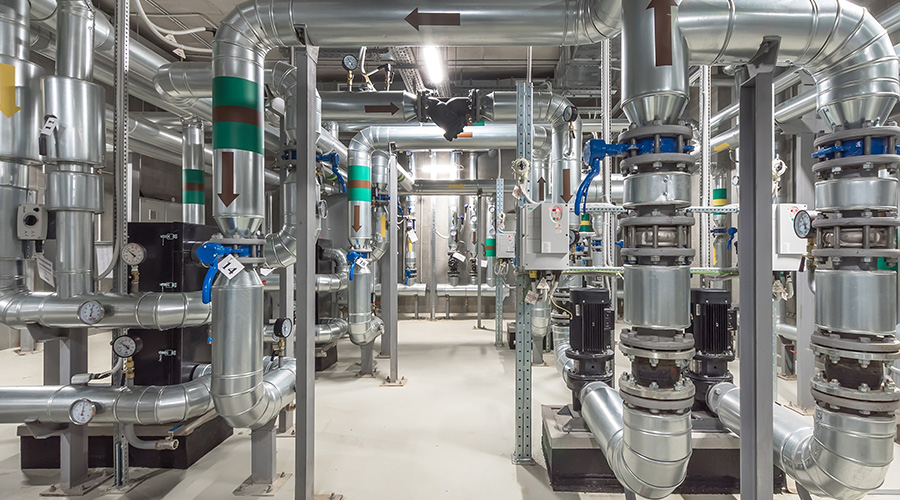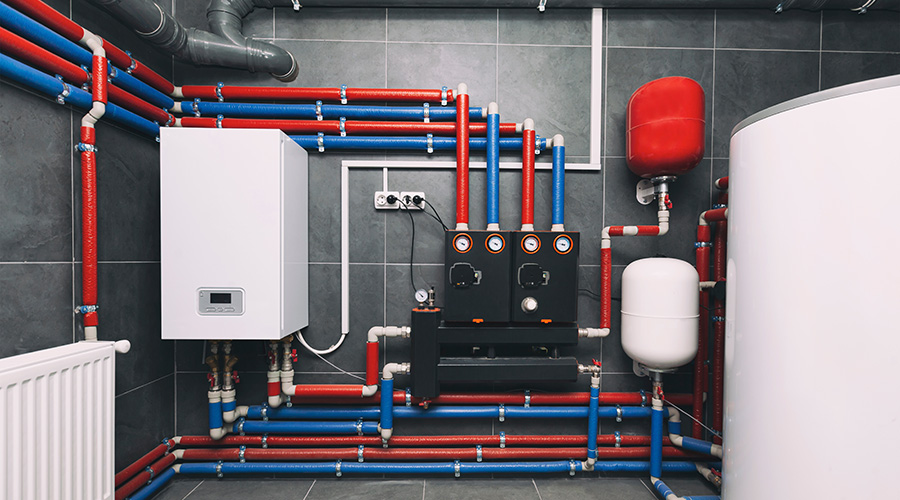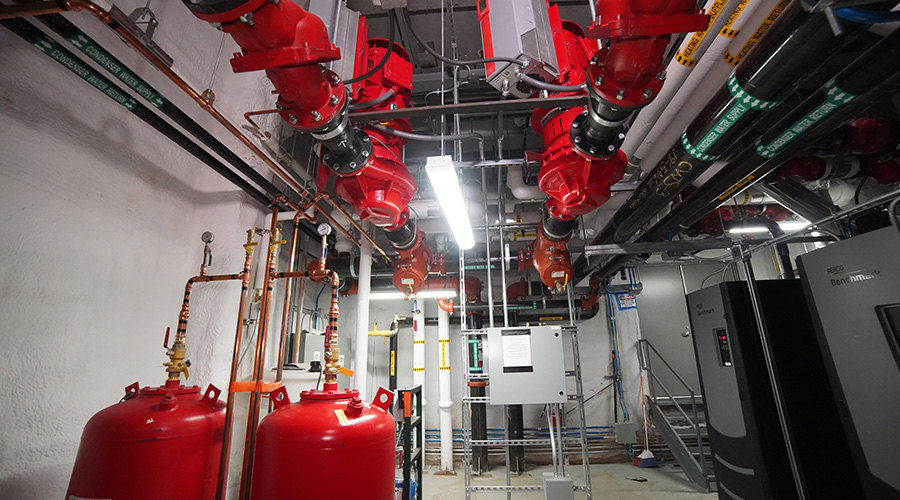Better HVAC Upgrades Start with Better Data
Operational and performance data also can help identify HVAC system components to target with an upgrade.
With data in hand, owners and managers can make more informed decisions to shape the scope and schedule of the HVAC upgrade projects. One important component of that process involves understanding the particular needs of the building and the space served by the system.
“We try to look at what the specific needs of the facility are and which of these assets are most critical to that facility,” Russ says. “We work our way down through that kind of criticality base. We look at its age. Is it past its useful life? Is it in good condition? Is it not in good condition?
“We incorporate things like energy. Is it using more energy than it should be from its baseline? Is it inefficient? Are we seeing a lot of maintenance of calls against it? Is it a problematic piece of equipment?”
Operational and performance data also can help identify HVAC system components to target with an upgrade.
"That is one indicator to ask: ‘What are these symptoms, and is there a root issue that's causing them?,’ Lynch says. “Often times, facility managers are simply responding to symptoms because of all the other things that they have going on day-to-day. That might be a good indication to even bring in an HVAC professional at some point if you have repeatable symptoms that are going on and you need to really get down to the root of the issue.”
Facility executives, managers and other project team members also can ensure successful upgrades by gathering information from others who have been through similar processes.
"Don't be afraid to ask other people or references or other places that have done this that are putting in what you want to put in or looking at the same type of purpose that you're trying to achieve,” Russ says. “A lot of people try to sometimes get stuck in a box that they're only concerned about their four walls. There's plenty of HVAC out there, and there are plenty of case studies and baseline assessments to lean on to hopefully get some more information to help prove your case.”
Russ also encourages owners and managers to include commissioning in the upgrade project to ensure a facilities operations team inherits a system that operates as designed.
"I cannot overstate the need to have commissioning and making sure that it is doing as intended and that the communication from that commissioning makes its way to the operational personnel and the maintenance personnel so that it can actually get updated in the CMMS and updated in the BAS," he says. ”Communication is one way to say it, but it's really about full-blown engagement.”
The need for engagement in HVAC upgrade planning also extends to outside experts who can bring new insights and information to the process.
"Having building design and engineering professionals involved early can help managers make the case, especially when folks are able to remove those simplifying assumptions and define the root causes of issues and what those solutions need to be in order to restore yourself back to operations,” Lynch says.
Despite the advantages that careful planning, data analysis and enhanced teamwork can provide, managers preparing for HVAC system upgrades need to avoid common mistakes that can undermine their efforts. One such misstep involves putting a narrow scope on the project.
“We see a lot of times that people treat their replacements or enhancements or upgrades to HVAC as a singular item, not part of an ongoing operation or a strategic point of view of how I wanted my facility to run longer term,” Russ says, adding that a broader view can offer more opportunities for savings and efficiency.
"We always try to see it from a long-term strategic point of view. If this is looking at it from a longer-term refurbishment, we try to keep that in context because we may want to look at standardization of equipment. If there are oddballs out there, we may want to look at those to remove them so that we can clean up our spare parts, we can more articulately train our technicians going forward toward what they're specifically seeing day-to-day.”
Dan Hounsell is senior editor for the facilities market. He has more than 30 years of experience writing about facilities maintenance, engineering and management.
Related Topics:













